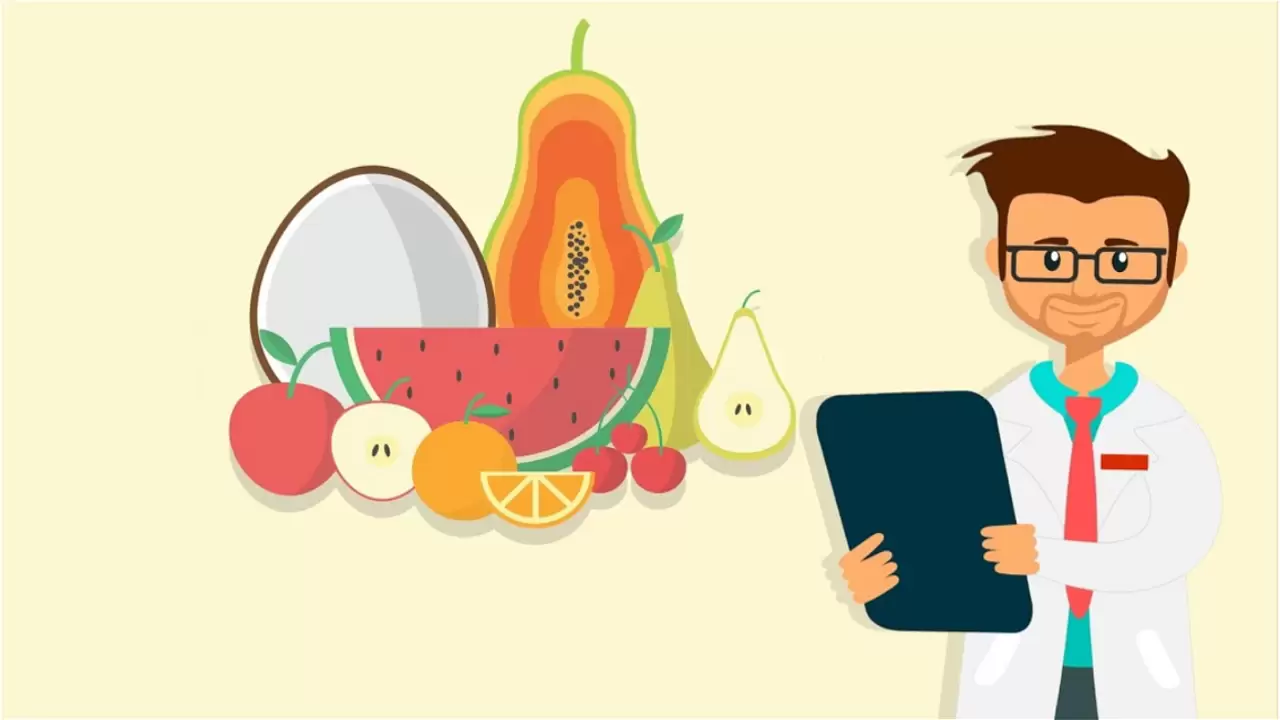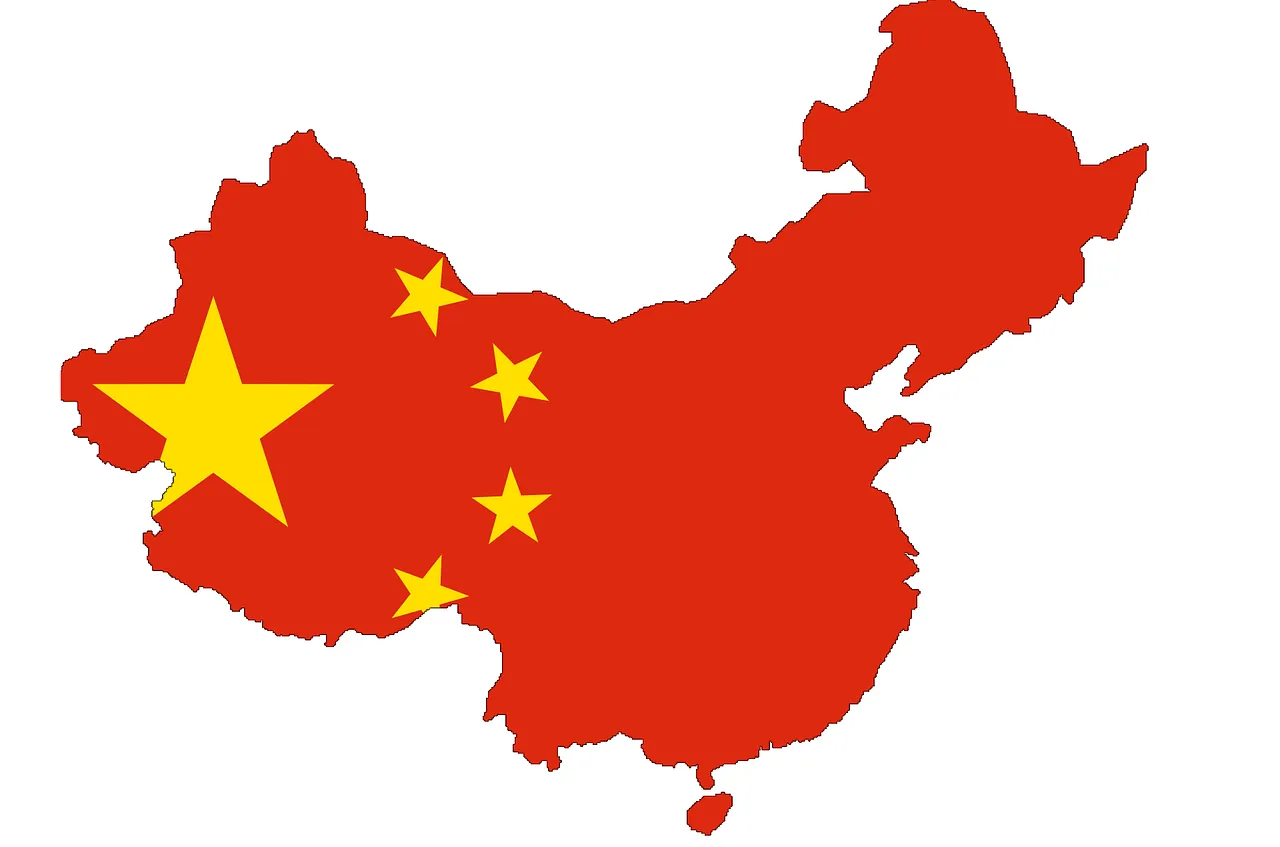
The existing nutritional indices are a rule of thumb and can sometimes be misleading. This article presents the problems with the existing nutritional measurement methods and proposes a different approach, which is usually more complex. Still, it will allow for a better understanding of the digestive processes carried out in the human body. This article continues the article in the attached link, which describes the desired caloric calculations and how to optimize health and nutrition. The approach I propose will not allow manual calculations and will require an AI-based application with a large amount of data due to the interactions between foods and other variables, such as the level of processing, ease of digestion, dietary habits, and more. The result will be clear recommendations for improvement and an objective measure of the quality of one's diet. Link: Calories cannot disappear but can be redirected as uncounted.
Introduction to Integrated Nutritional-Health Indicators
We usually eat and drink several foods and drinks together, and because they interact, the indices must reflect different compositions and combinations. The source of food, in its natural form, as opposed to processed and industrialized food, is of enormous importance.
- Food's nutritional values are given full absorption, which is not always achieved. Foods that are easy to digest are better absorbed. Dietary habits and the time of eating (day vs. night, etc.) are significant. Therefore, it would have been advisable to produce integrated nutritional health indicators.
- The seeming advantage of existing calculation methods in nutrition manifests in their relative simplicity. However, these methods are unsuitable for the 21st century, when everyone has a smartphone. Unsurprisingly, doctors, nutritionists, and the general public are confused by contradictory nutrition information.
The problem with the existing nutritional indices is related to methodological errors in understanding nutritional processes that have become widespread.
What Is The Glycemic Index - What Is Glycemic Load - Glycemic Index Explained - Glycemic Index Diet.
Here are some simple examples to illustrate the potential misunderstandings regarding nutrition computations:
The measurement methods available today in nutrition are too simplistic and systematically misleading to many. Their only advantage is their simplicity, which is nothing more than a rule of thumb! (Very rough)
The tautology "Calorie is a calorie - no matter where it comes from" is wrong!
- All caloric calculations are inaccurate. (You will find a detailed explanation in the article at the attached link.) The caloric value of different foods can not be lost (laws of conservation of matter and energy). Still, the routing of another designation completely changes the energetic contribution of the food to the weight and available energy.
- Thus, the current practice of summarizing caloric values is neither methodologically correct nor accurate.
Natural sugars and carbohydrates are not the cause of diabetes!
- The conclusion is that sugars and carbohydrates are a cause of diabetes! It does not matter whether the sugar comes from fruit, natural sugar, or a cake. (For example)
- Conclusion Eating starches (such as rice) is not advisable and is fundamentally wrong. Starches have a high glycemic index and a high insulin index. See an instructive example of a terrible diabetes (type 2) outbreak in 21st-century China.
Animal foods have relatively low glycemic index and insulin index values. The conclusion that these are healthier diets (ketogenic, paleo, etc.) is fundamentally wrong.
- Meat, poultry, and cheeses have low glycemic and insulin index values. The conclusion that they are healthy and recommended (especially for diabetics) is fundamentally wrong!
Natural oils and fats are essential to our health, even though they contain a lot of energy. (Caloric calculation is incorrect.)
- People are afraid to gain weight and do not consume natural oils and fats because of their high caloric value. However, calculating caloric values is incorrect, especially concerning various fats and emulsifiers. There is no distinction between industrialized oils (such as margarine), the most highly toxic and harmful, and natural oils and fats.
Advanced Nutrition Computational Methodology - Introduction.
All nutrition and nutritional value calculations must move to a method that simulates how our body acts "and thinks." Existing caloric values, insulin index, and glycemic index calculations are inaccurate and may be misleading.
- Since we usually eat and drink a variety of foods and beverages together, the proper analysis that simulates the activity performed by the digestive system is not simplistic. Since not all calories are the same, laboratory caloric values cannot be summarized as if they also exist in the human body. (Energy, of course, is not lost; the laws of conservation of matter and energy are always observed.)
- The number of explanatory variables is high when examining all the indices. It is explained by the fact that different food and beverage compositions must be considered; there is a (huge) difference between fresh and natural food and processed and industrialized food. The time we eat and chew (eating habits), the time we eat, and other variables are significant.
Because of the high complexity of the calculation (which exists), nutrition science has moved to relatively simple measures that can be quantified in simple tables. But these are incorrect and may even be misleading.
Insulin index and Glycemic index brainstorming.
Cheese and meat are prime examples of hard-to-digest foods with high intestinal acidity but low insulin levels and a glycemic index. Take, for example, a possible conclusion that fruit is less healthy than meat because it has a higher glycemic and insulin index. The conclusion is entirely wrong!
Link: | Insulin index (Wikipedia) | Glycemic index (Wikipedia) |
- These two metrics help with nutritional decisions at the level of thumb rules and thus their contribution. Still, it is desirable to understand the limitations and inaccuracies in these two crucial metrics.
- Proper nutrition optimizes the glycemic and insulin indexes while understanding the interactions between foods, especially industrialized and processed foods. Natural oils, fats, and emulsifiers are essential; they may lower both indices together! (The tables can be found at the link above.)
Increased animal protein consumption has known health side effects, although both indices' products are relatively mild. The conclusion that animal food is healthy food is fundamentally wrong!
A practical example illustrates the drawbacks of using the glycemic and insulin indexes. 
Due to processed foods and beverages, Type 2 diabetes has become an epidemic in China. The Chinese diet, even today, is not very rich in sugars.
A combination of an industrialized diet, an unhealthy, leisure-free lifestyle, and constant stress devastates the body and mind.
- Diabetes type 2 patients rose from about 20 million in 2000 to about 110 million in 2015, with a forecast of 150 million in 2040. By 1980, type 2 diabetes was an uncommon disease in China.
The leading cause of T2D is transitioning from a plant-based diet to a highly processed and industrialized animal protein diet combined with a stressful lifestyle.
- The most notable dietary change in the period under consideration is a dramatic increase in meat, dairy, pastries, and fast food consumption. Chinese cuisine is based mainly on frying, and switching to cheaply refined oils has made them trans fats.
- China's meteoric development has put heavy pressure on its population.
A similar phenomenon (but less acute than that of China) exists in Japan and Korea.
- The cultures of the Asian peoples are very competitive and disciplined, with complex work values that leave little leisure time.
Is rice the cause of diabetes? (The answer is no.)
- The diet of Asian people is based on rice as the main carbohydrate. But rice is not to blame! Until 40 years ago, diabetes was a marginal disease in Asian nations, and rice was an ancient food.
The countries with the lowest diabetes rates are Lithuania, Estonia, Ireland, Sweden, Luxembourg, England, and Australia.
- These countries consume no fewer carbohydrates and sugars than exist in Asian nations. The British fish and chips are no better than the Japanese diet! The main difference is the leisure cultures.
Until 100 years ago, diabetes was a rare disease; until the mid-50s of the 20th century, it was a marginal disease.
- About 50 years ago, the fast-paced and industrialized food revolution erupted in full force. This revolution, combined with a demanding and leisure-free lifestyle, has created a record-breaking chronic illness—not just diabetes!
Diabetes is a symptom (of an unhealthy diet and lifestyle). It is worth noting that diabetes has a noticeable mental-energetic dimension. Obesity is another symptom of an unhealthy diet and lifestyle. It is not the cause of diabetes!
Many patients (as well as healthy people) use the glycemic and insulin indexes without knowing their drawbacks.
Link: | Insulin index (Wikipedia) | Glycemic index (Wikipedia) |
Creating new glycemic index and insulin index metrics tables requires a different methodology!
- Since most people consume different foods simultaneously, a methodology that reflects the interactions between food ingredients and their effect on the metrics, glycemic index, and insulin, with marginal value matrices (Positive and negative), is needed. Such a methodology does not exist, so it is essential to understand the principles.
- The indices reflect a rise in blood glucose and insulin values after two hours of taking a fixed amount of calories. In reality, people eat mixed foods. The food composition and origin (natural vs. processed) are very significant!
- As calories can be summarized reasonably, neither the glycemic nor insulin index can be compiled without examining its composition and source.
- Here are a few notable examples: (The current calculators are based on the simple model. More in-depth analysis is based on the principles, not just the numbers.)
- Consuming meat with carbohydrates will give high values in both indices beyond the summation of the two individual values. If you fry the meat with trans fat, you will get much higher values than the sum of the three ingredients.
- If you replace trans fat with natural fat with the same calorific values (such as coconut oil), both indexes will have much lower values.
- Even with the same calorific value, there is a fundamental difference between values (in both metrics) of organic natural eggs and industrialized eggs. The natural egg will always reflect lower values in both metrics.
- Nutritional fiber and fermented natural products moderate both values, especially when different foods are in an emulsion state.
- Consuming meat with carbohydrates will give high values in both indices beyond the summation of the two individual values. If you fry the meat with trans fat, you will get much higher values than the sum of the three ingredients.
Nutrients that can raise both marginal (*) indexes. (Unhealthy foods.)
- Industrialized foods.
- Animal Foods: Meat, fish, poultry, dairy products, and eggs that the animals are fed an unnatural diet, with supplements, hormones, and antibiotics.
- Processed, preserved, and smoked foods.
- Foods containing non-natural substances or artificial supplements.
- Dried foods.
- A quantitative combination of high-index glycemic foods raises the final measure beyond the simple numerical calculation. (Cumulative effect)
Nutrients that can lower both marginal (*) indexes. (Healthy foods.)
- Natural foods and beverages.
- Eat easy-to-digest foods such as cooked vegetables.
- Fermented natural foods.
- Foods, including fruits, are rich in dietary fiber.
- Sauces, natural oils, and natural emulsifiers such as egg yolk, vinegar, mustard, lemon, etc.
(*) A positive marginal index reflects an increase beyond the additional food item's addition. A negative margin index demonstrates the opposite.
What will the nutritional calculations look like according to the proposed methodology?
The proposed new methodology will produce a customized simulation with ongoing monitoring while the user interacts (on a mobile phone) with the person. It will also be possible to enter photos of food and beverages while filling in the missing details. Since most of the public maintains a regular diet, it will be possible to analyze nutrition using photos, with the addition of a few external details. The nutritional indicators will appear graphically, with recommendations for changes and improvements and healthy recipes for the home kitchen robot. (within not many years)
- Since there are many variables, computerization will perform the simulation statistically. A simplistic manual calculation will not be possible.
- The nutritional indices will be in a matrix form and vary according to the composition of the food and its source, the method of preparation, and more. These are more complex calculations, but also those that correctly reflect the decision-making in the digestive system.
- Agreeing on guiding principles is required, which is not easy in an era when nutrition is not an exact science and there are many contradictory versions.
- The result we should expect from the simulation is whether the food we consume is healthy and supports good quality and longevity of life. Another index (which does not currently exist) called the Health score will be necessary to achieve this.
The proposed simulation is the first step towards artificial (inevitable) intelligence in all medical services and necessary conditions for preventive medicine.
It is essential to distinguish between different types of sugar sources.
There is a dramatic difference between natural sugar in fruits and vegetables and free sugar in cake, cookies, pizzas, and processed foods. Even unnatural, calorie-free sugar substitutes are especially harmful. Eating sweet fruits and vegetables does not cause diabetes (types 1 and 2)!
Non-recommended combinations. (Sugar with other foods)
- All synthetic sugar substitutes, diet drinks, and foods containing artificial sweeteners increase the damage to the body. (Although they do not have sugar.)
- Refined sugars include cakes, biscuits, waffles, and Industrial ice cream.
- Eating a cake with the same calories as sweet vegetables such as beets or carrots is entirely different.
- Any combination of pastry containing sugar (or unnatural sugar) and hydrogenated oils.
- Sweet natural foods fried in trans fat. (Such as roasted fruit)
Natural sweet foods are allowed for moderate consumption.
- Sweetness in fruits and vegetables comes with dietary fiber, minerals, enzymes, and electrolytes, which are essential for good health.
- Honey, Stevia, and Date honey are recommended natural sugars. (limited in consumption) They are always superior to processed substitutes.
- It is advisable to combine natural sugars with natural green foods from plants; they neutralize the sugar's acidity.
- Drinking freshly squeezed juices (not too sweet) has many benefits; the liver needs juice for increased bile fluid production.
Who are the relevant bodies to fund the nutritional simulation project?
The food industry and private entities will not be interested in financing a project that could harm their profitability in the future. Therefore, it is a project that should be funded from government budgets and implemented by regulatory bodies dealing with the field.
- It is a relatively expensive empirical study, but it has a massive return at the level of national economies because a decrease in morbidity decreases mortality.
- Since this issue concerns us all, it is possible and desirable to share it with international parties. The knowledge accumulated in the simulation study is supposed to serve all of humanity.
Performing a mathematical simulation of the nutrition sciences will require all researchers in the field to arrive at an orderly, agreed-upon methodology. The empirical findings will significantly help formulate a philosophy of nutrition science!
Summary, Conclusions, and Recommendations.
The nutrition sciences do not have directive principles; therefore, there is a lot of confusion, including in the various calculations. For the benefit of the public, a comprehensive and agreed-upon conception of the entire field of nutrition is required.
- The required methodology is much more complex than the existing one. Its use will require a dedicated application, but the result will be infinitely more accurate, detailed, and, most importantly, more accurate. I have not elaborated on the statistical technique required to perform it. The ability and statistical tools to estimate many explanatory variables have long existed.
- If the science of nutrition wants to advance into the 21st century, it must converge on a simulation that best mimics the human body.
In the age of artificial intelligence, when almost every person has a smartphone, integrated metrics of healthy nutrition are mandatory.

All existing calculation methods regarding calorie intake, the glycemic index, and the insulin index are inaccurate and sometimes misleading because they do not emulate the body's activity. Therefore the current methodology of nutrition computations must be changed.

